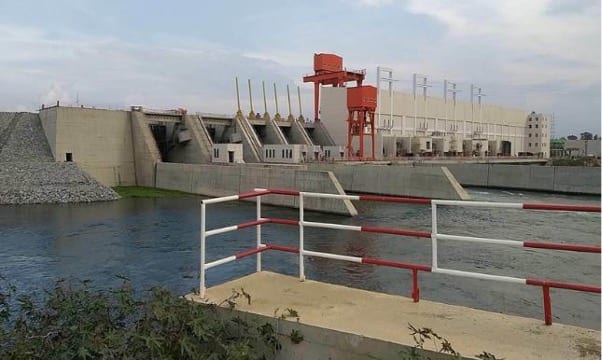Rare Earths Project Receives First Stage Approval From Uganda’s Environmental Authority
Ionic Rare Earths Limited (ASX: IXR) received approval from the Uganda with the National Environmental Management Authority (NEMA) for the Terms of Reference for the completion of an Environmental and Social Impact Assessment (ESIA) for its 51% owned Makuutu Rare Earths Project.
The dompany will move to 60% ownership of Makuutu on the completion of the Bankable Feasibility Study due for completion before the end of October 2022.
This approval enables the company to commence the ESIA and key programs have now been awarded to NEMA accredited Environmental Impact Assessor (EIA) practitioners and consultants located within Uganda and the Project area.
JBN Consults and Planners (JBN) has been contracted to complete the ESIA. Based in Kampala, JBN is a private consulting firm registered in Uganda that provides integrated environmental, engineering and development consulting services in the Great Lakes Region of Uganda.
JBN, having substantial local experience in the immediate Project area, assisted the company with the submission of the Terms of Reference Report to NEMA which has confirmed the Project status and alignment.
Atacama Consulting has been engaged to develop a Stakeholder Engagement Plan (SEP) and to complete baseline socio-economic studies for the development of the Project. Atacama is also based in Kampala, with a wealth of expertise in providing similar services on major long-term projects in Uganda that will be key for Uganda’s socio-economic development.
Ionic will ensure that the Project meets the world standard environmental and social standards and has commissioned an Equator Principles Audit of the ESIA work program to ensure conformance. The Equator Principles (EPs) is a risk management framework, adopted by financial institutions, for determining, assessing, and managing environmental and social risk in projects and is primarily intended to provide a minimum standard for due diligence and monitoring to support responsible risk decision-making.
The ESIA is expected to be formally submitted to NEMA in early 2022 with an outcome expected by the end of Q3 2022.
One of the major benefits of the Makuutu Rare Earths Project is the existing infrastructure available immediately adjacent to the Project. The presence of the existing low-cost hydroelectric power provides readily available renewable energy to the Project which will minimise the carbon footprint at Makuutu. The Project is investigating ways to further minimise and offset the Greenhouse Gas Emissions at Makuutu.
Makuutu when operational has the potential to produce significant quantities of the magnet rare earth element (REE) Neodymium (Nd), Praseodymium (Pr), Dysprosium (Dy) and Terbium (Tb) that are critical to the development of high intensity permanent magnets used for direct drive wind turbine applications. Specifically, the addition of minor quantities of Dy and Tb are required to maintain magnetic characteristics at high temperatures.
By the end of 2020, global offshore wind turbine installation reached an estimated 36 GW. 2020 was a record year for the installation of offshore wind turbines, with 6.6 GW of new installation, representing a 20% increase on that installed in 2019. It is forecast that over the next 9 years to 2030, offshore wind turbine installation will continue to increase at approximately 20% compound annual growth rate, with a further 200 GW to be installed by 2030.
Furthermore, projections of future wind turbine installation growth beyond 2030 to 2050 have highlighted the inadequacy of existing REE supply chains, with an estimated 11-to-26-fold expansion of current magnet REE supply required to meet global wind turbine targets1.
Given the world’s existing supply of heavy magnet REE’s Dy and Tb is the ionic adsorption clay (IAC) deposits of southern China, Makuutu is positioning itself to have substantial strategic importance in years to come, presenting a viable alternative source of critical and heavy rare earths including the magnet REE’s.












